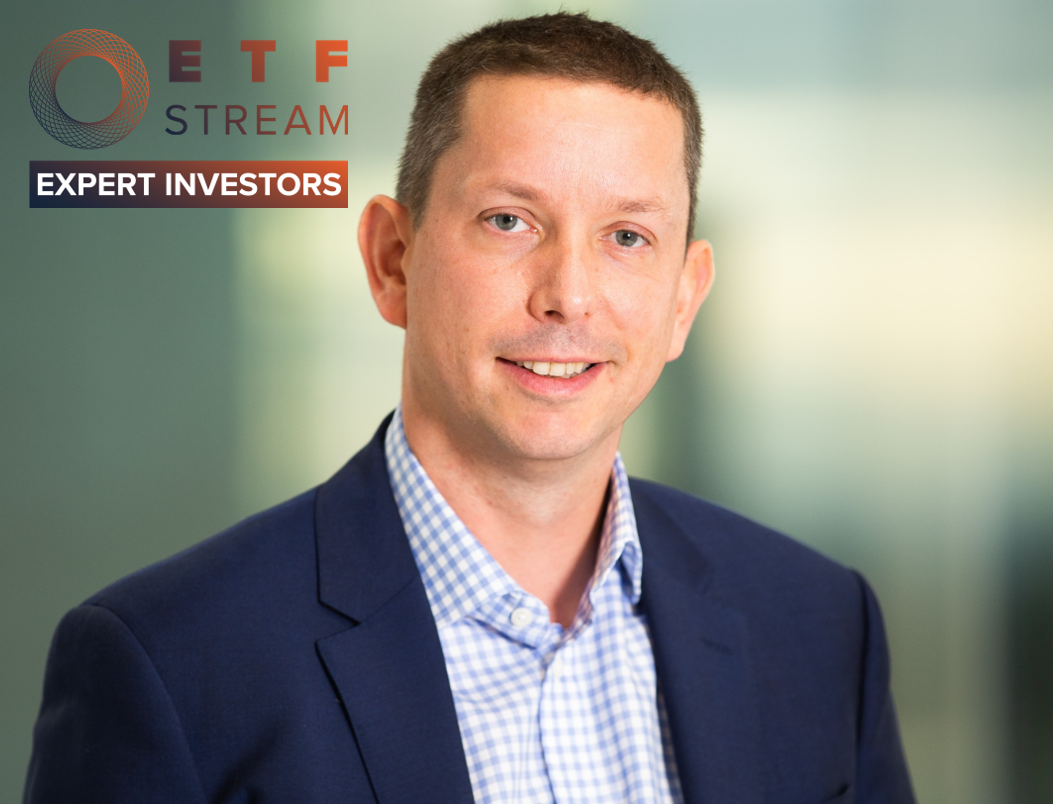Expert investors is a new series brought to you by ETF Stream where on a fortnightly basis we interview the key individuals from across the fund selection and research space about the ETF industry.
Fund selection plays a crucial role in portfolio construction. Once the asset allocation decision has been made, these individuals need to decide how they want to be exposed, be it through a mutual fund, investment trust or ETF.
Over the years, ETFs are becoming an increasingly important part of any investors’ toolkit. This series will show how the key players across the fund selection space use ETFs in their portfolios while asking what more can be done by the ETF providers to help with this increasing adoption.
Next in the hot seat is Ryan Hughes (pictured), head of active portfolios at AJ Bell. Hughes joined AJ Bell in 2016 having worked at Apollo Multi Asset Management for three years as a fund manager.
How much of your portfolio is made up of ETFs/index funds?
Despite my role as head of active portfolios, I am very much a believer in using the right tool for the right job and as such, I use a blend of active and passive strategies in my portfolios. This is based on assessing each investment decision on its own merits and looking at the most appropriate implementation route, particularly around understanding how much beta costs vs how much added value I judge an active manager can deliver.
As a result, with our Active Growth portfolios, our exposure to ETFs and index funds ranges between 8-41% at the present time, depending on the strategy.
When did you start investing in ETFs? Why then?
When we launched our first managed investment solutions at AJ Bell in 2016 it was a multi asset portfolio of ETFs and therefore they have been at the heart of our investment process from the beginning.
This usage has grown as our product range has developed and now they are a core part of our investment solutions. The principal reasons behind this are around the ease of use, low total cost, lower dealing costs and the ability to track the underlying index.
Which asset classes do you tend to invest in through ETFs?
In our active portfolios, we assess each decision to determine the best route of implementation. At the present time, the predominant part of our ETF exposure comes in the fixed interest space where we are accessing short duration UK gilts, short duration US Treasuries and US corporate bonds through ETFs.
This is based on the decision that we struggle to find active managers in this area that we feel can consistently add value after fees and therefore we are very comfortable looking at the passive route.
With fee levels now down to less than 0.10% in some cases, this creates a very high bar for active managers to beat and sadly the vast majority fail. We also do have some equity exposure via an ETF with our sector positioning coming in this form with our healthcare exposure currently being implemented using an ETF.
Which areas would you avoid?
I remain a believer that some markets remain sufficiently inefficient to warrant the use of active management. In the fixed interest area, I much prefer to use active managers for high yield bonds, not least because I am not a huge fan of being skewed towards those companies that are the most indebted and the fee differential between active and passive managers is relatively small.
In equities, I look at both Asia and the emerging markets and see significant inefficiency and therefore prefer active managers in this area. The same is true when looking at smaller companies where being selective in the companies you invest in is for me a better way than simply buying a small piece of hundreds of different smaller companies. Liquidity also plays an important part in this decision.
What is your methodology for selecting ETFs?
We look at a wide variety of factors but have a strong preference towards physically backed ETFs rather than synthetic, not least because we think this is much easier for our customers to understand.
In addition, we look at overall costs, including spread and transaction costs which can have a material impact the investment as well as all of the usual metrics to assess how well they track their respective index.
What ETF products would you like to see more of?
The market continues to evolve and deepen with new products coming to market. The important issue for me is that providers focus on delivering product where they are world class and can deliver a cost advantage as there is little point launching an S&P 500 ETF that costs significantly more than the established players.
Areas ETF providers could improve?
There is still a huge amount of education to be done, particularly with advisers and end customers and while knowledge continues to grow, the speed of this increase could be improved.
To read the previous edition of Expert Investors with Richard Philbin, click here.



